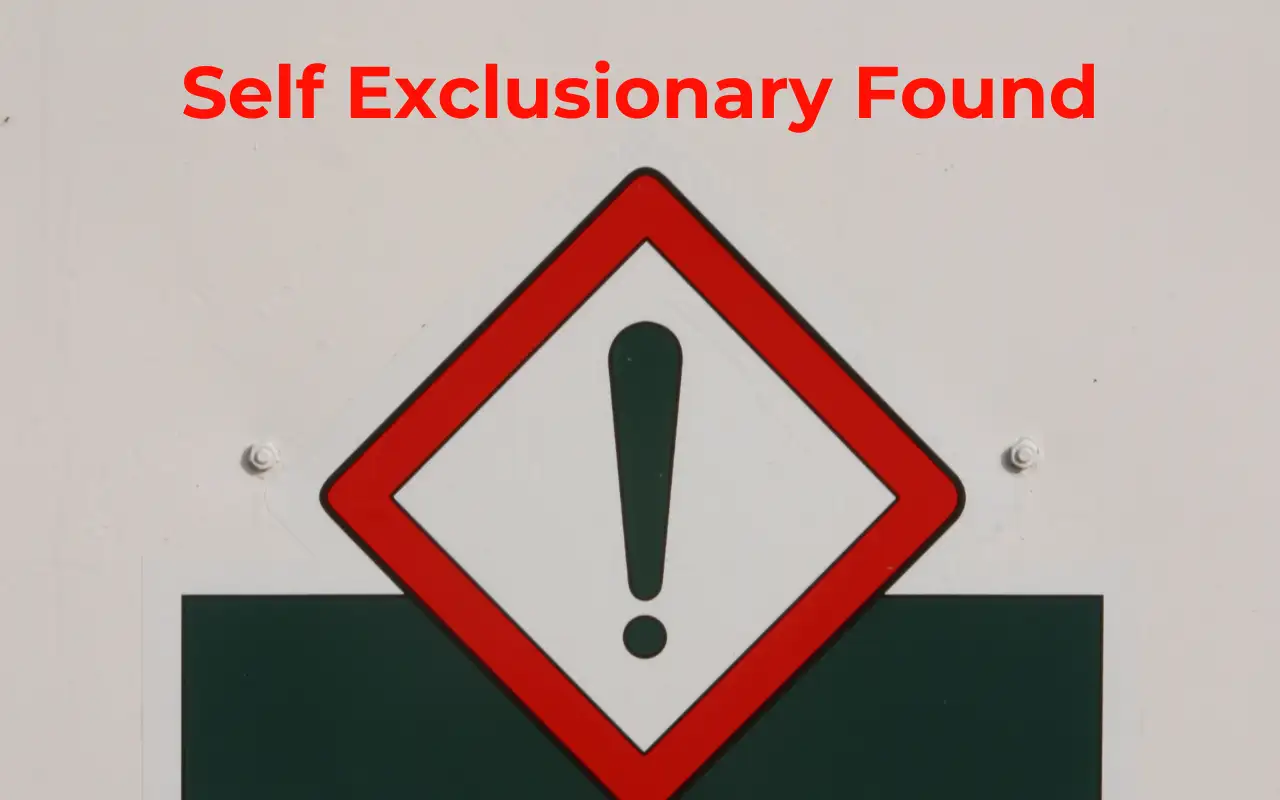“Self-Exclusionary Response Found” – these words sent chills down my spine when I checked my SASSA SRD R370 grant application status.
I felt like I’d hit a brick wall, and my hopes for financial relief were dashed. But after some digging, I realized this wasn’t a final rejection; it was a chance to fight for what I deserved.
In this guide, I’ll share my step-by-step experience on how I fixed the “Self-Exclusionary Response Found” status and successfully received my grant.
I’ll cover everything from understanding the status to gathering documents, lodging the appeal, and following up on its progress.
Steps to Fix SASSA “Self-Exclusionary Response Found” Status by Appealing
1. Understand Why You Received the Status
The SASSA status “Self-Exclusionary Response Found” is an automated message indicating that your application for the Social Relief of Distress (SRD) grant has encountered a potential issue of ineligibility.
This doesn’t necessarily mean outright rejection, but rather a flag raised by the system due to:
- Inconsistent Information: Your application details might conflict with data from other government databases. This could be due to discrepancies in income reporting, employment status, or other eligibility factors.
- Failed Verification: SASSA’s system cross-references your information with various databases like the Unemployment Insurance Fund (UIF) or the South African Revenue Service (SARS). If inconsistencies arise, it triggers the “Self-Exclusionary Response.”
- Potential Disqualifying Factors: While not always the case, the system might have identified factors that could make you ineligible for the grant, such as exceeding the income threshold or receiving other social assistance.
2. Review Your Application
Carefully go through your original SASSA application.
Check if you mistakenly answered “Yes” to questions about employment or income over R350 per month.
Ensure all your personal details, income information, and bank details are accurate.
3. Gather Supporting Documents
If you believe the status is in error, collect documents that prove your eligibility.
This might include bank statements (for the last 3-6 months), proof of residence, and any other relevant documents.
4. Lodge an Appeal
Visit the SASSA Appeals Website:
Open your web browser (e.g., Google Chrome, Mozilla Firefox) and type the following address in the address bar: https://srd.sassa.gov.za/appeals
Press Enter to go to the official SASSA appeals website.
Click on “Lodge an Appeal”:
Look for a button or link that says “Lodge an Appeal” or something similar. It is usually prominently displayed on the website’s homepage.
Click on it to start the process of submitting your appeal.
Provide Your Details:
You will be asked to enter your 13-digit South African ID number. Ensure you type it accurately, as it’s crucial for identifying your application.
Enter the phone number you used when registering for the SASSA SRD grant. This is where you will receive an OTP for verification.
Enter OTP:
An OTP (One-Time PIN) is a unique code sent to your registered mobile number for security purposes.
Once you enter your ID and phone number, SASSA will send you an OTP via SMS.
Enter this OTP in the designated field on the website to verify your identity.
Select Month of Rejection:
Choose the specific month for which your SRD grant application was rejected with the “Self-Exclusionary Response Found” status.
This helps SASSA locate your application and understand the timeframe of your appeal.
Upload Documents:
This is a critical step in your appeal. Here, you will provide evidence to support your claim that the “Self-Exclusionary Response Found” status was a mistake.
Click on the “Upload Documents” or “Attach Documents” button.
Select the files from your computer or device that you gathered in step 2 (Proof of Identity, Proof of Residence, Proof of Income, etc.).
Ensure the documents are clear, legible, and in a supported file format (usually PDF or JPEG).
Explain Your Appeal:
In the provided text box, briefly explain why you believe you are eligible for the SRD grant and why the “Self-Exclusionary Response Found” status is incorrect.
Be clear, concise, and focus on the facts. For example, if the status resulted from a data mismatch, explain the discrepancy.
Avoid emotional language or accusations.
Submit Your Appeal:
Double-check all the information you have entered, including your personal details, uploaded documents, and your explanation.
If everything is accurate, click the “Submit” button to send your appeal to SASSA.
You should receive a confirmation message or reference number indicating that your appeal has been successfully submitted. Keep this reference number safe for future reference and tracking.
5. Track Your Appeal
You will receive a reference number for your appeal. Keep it safe.
Regularly check the status of your appeal on the SASSA appeals website using your reference number.
Important Tips:
Be honest and transparent in your appeal.
Provide clear and concise reasons for why you believe the “Self-Exclusionary Response” is incorrect.
Attach all relevant supporting documents to strengthen your case.
Be patient, as the appeals process may take several weeks.
This status does not automatically disqualify you. It’s a prompt for further review.

